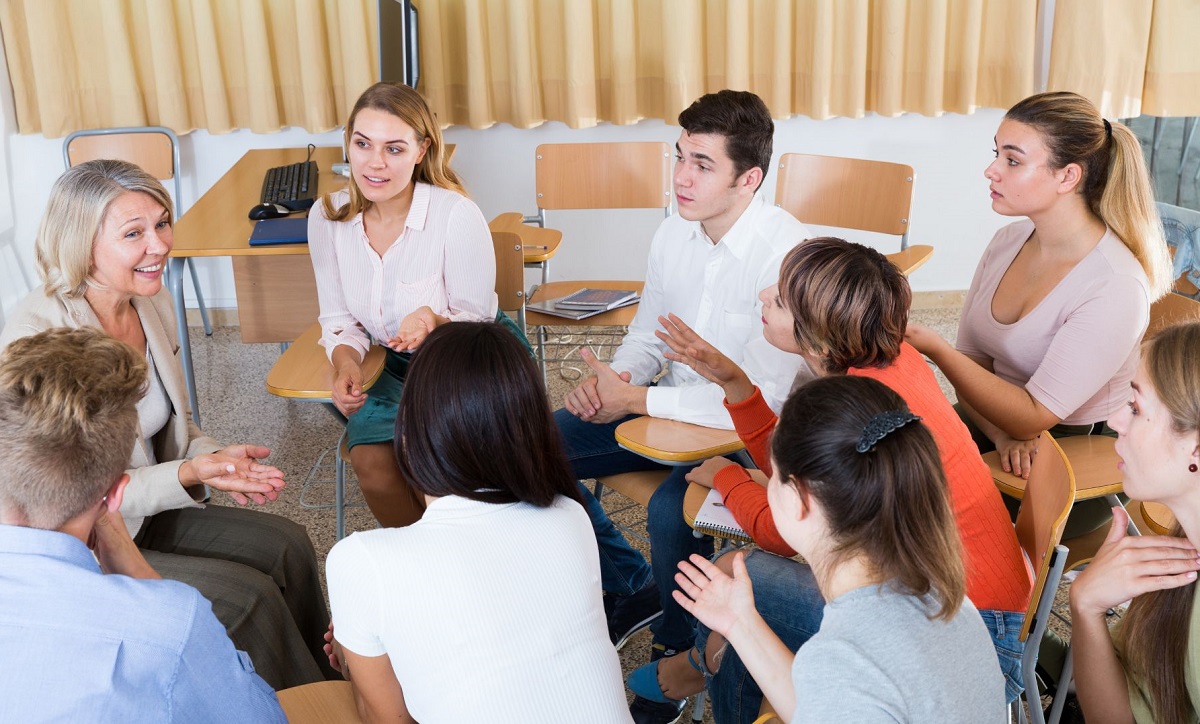Active listening goes beyond hearing the words someone is saying to you and understanding the message they are conveying. Many only hear a small percentage of what is being said as they are distracted or trying to formulate a response, which leads to misunderstanding and incorrectly done tasks.
Active listening is a crucial skill in personal and professional settings, yet it is often overlooked or undervalued.
This article explores the benefits of active listening, techniques for improving this skill, and how to apply it in various contexts.
What Is Active Listening?
Active listening involves fully engaging with the speaker, focusing on their words, body language, and tone of voice, and using an open mind to withhold judgment.
This skill is essential for building meaningful relationships, resolving conflicts, and improving communication in all areas of life. Active listening also requires empathy, understanding, and respecting different perspectives and experiences.
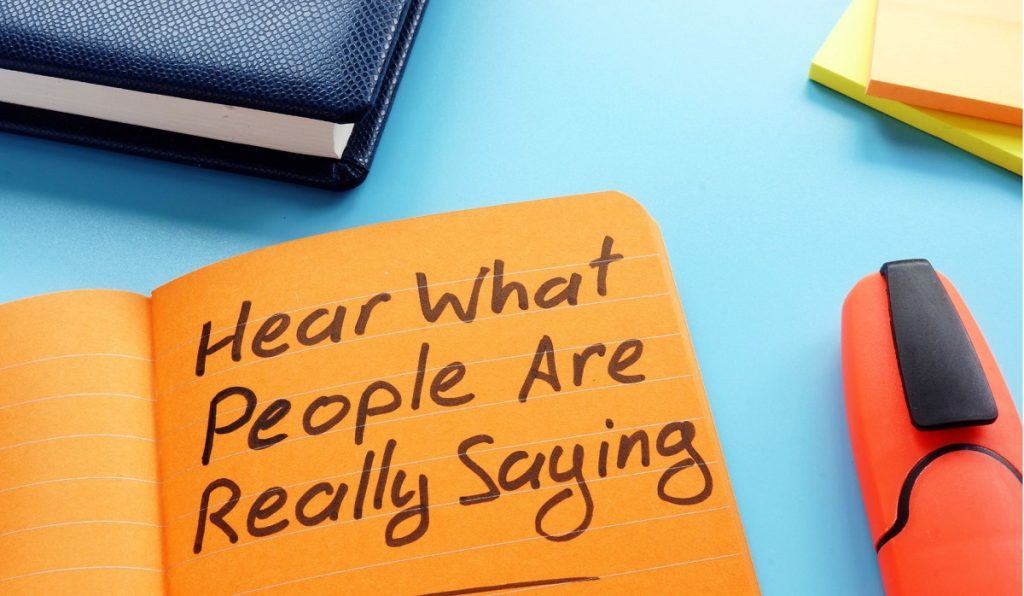
What Is The Difference Between Active And Passive Listening?
Active listening is the conscious and intentional process of fully engaging with a speaker to understand their message. It involves paying close attention to the speaker’s words, body language, and tone of voice, asking clarifying questions, and providing feedback.
In contrast, passive listening is a more simple and automatic process where the listener may not actively engage with the speaker or fully comprehend their message. Passive listening can lead to misunderstandings, misinterpretations, and missed opportunities for deeper connection and understanding.
In summary, active listening requires effort, focus, and empathy, while passive listening may occur without much conscious thought or intention.
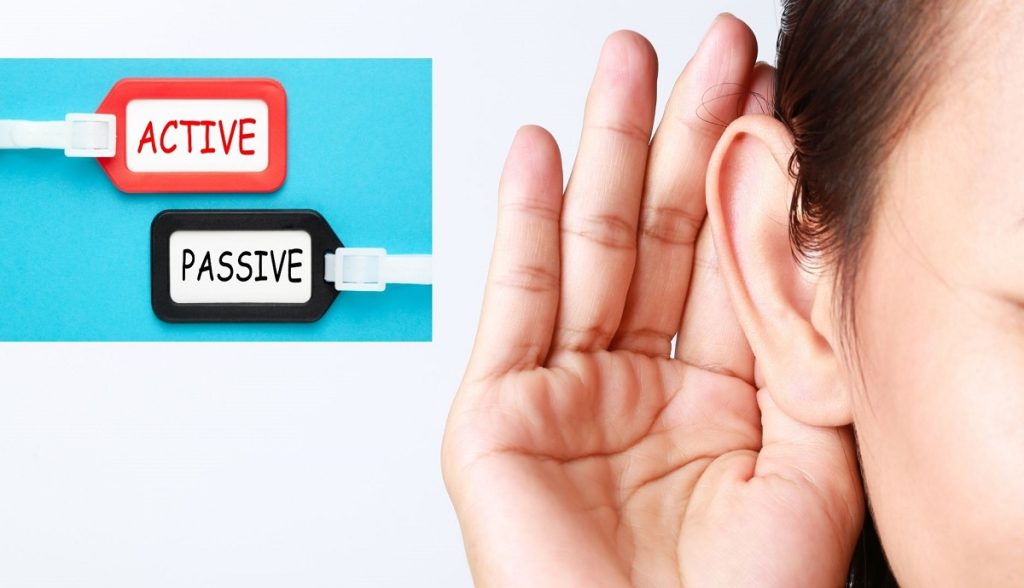
Why Is Active Listening Important?
Active listening is important for effective communication because it allows the listener to understand and respond to the speaker’s message. It involves giving the speaker your full attention without interrupting or judging them.
Active listening also involves using nonverbal cues, such as maintaining eye contact and nodding, to show that you are engaged and interested. You can become a better listener and communicator by being aware of nonverbal communication.
What Are Five Active Listening Techniques?
Active listening involves a set of techniques allowing the listener to engage with the speaker and understand their message:
First, focus on the speaker’s words, avoiding distractions or interruptions.
Second, use nonverbal cues, such as maintaining eye contact and nodding, to show that you are really listening and understanding. Do not fidget or check your phone, and use verbal cues, such as “I hear you,” to show you are actively listening.
Third, ask questions and seek clarification when necessary to ensure you clearly understand the message.
Fourth, try empathizing with the speaker’s perspective and feelings by putting yourself in their shoes. Make the speaker feel valued.
Fifth, provide feedback and respond appropriately, showing your engagement and interest in the conversation. Summarizing their message or validating their perspective. Summarize their message by restating the conversation’s key points to ensure you have understood them correctly.
Active listening involves consciously understanding and engaging with our conversation partner. This means focusing on their words, tone of voice, and body language. Empathic listening is a key aspect of active listening, which involves putting ourselves in the speaker’s shoes and trying to understand their perspective.
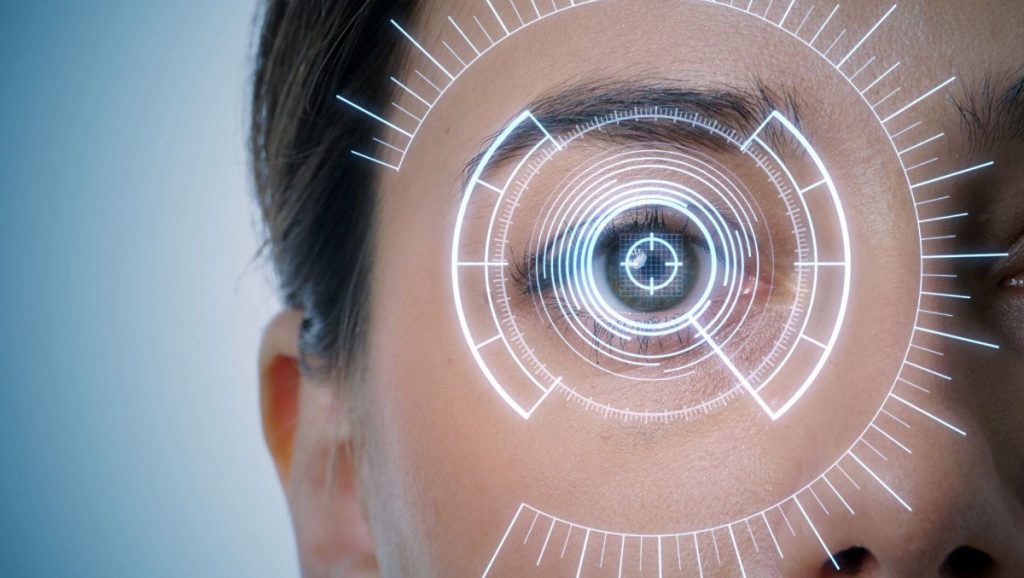
What Can Be The Result Of Improper Listening?
Improper listening can have negative consequences in personal and professional settings.
Firstly, it can lead to misunderstanding and miscommunication, as important information may be missed or misinterpreted.
Secondly, improper listening informs the speaker that their message is not valued or respected. It can damage relationships, erode trust and undermine rapport as it
Thirdly, it wastes time and resources, as important information is repeated or clarified multiple times.
Fourthly, it hinders personal and professional growth, with missed opportunities to learn and develop due to a lack of attention and focus.
Lastly, important details and ideas may go unnoticed because of missed opportunities and decreased performance
What Are The Seven Active Listening Skills?
Here are seven active listening skills:
- Give the speaker your full attention, avoid distractions, and be present in the moment.
- Avoid making assumptions or judgments about the speaker, message, or delivery.
- Try to understand the speaker’s perspective and feelings; show compassion and concern.
- Respond appropriately to the speaker’s message with feedback that shows you are engaged and interested.
- Ask questions to clarify or deepen your understanding of the speaker’s message.
- Paraphrasing or restating the speaker’s message in your own words to ensure you understand their meaning.
- Summarize the speaker’s message to ensure you have understood their main points and show you are actively engaged.
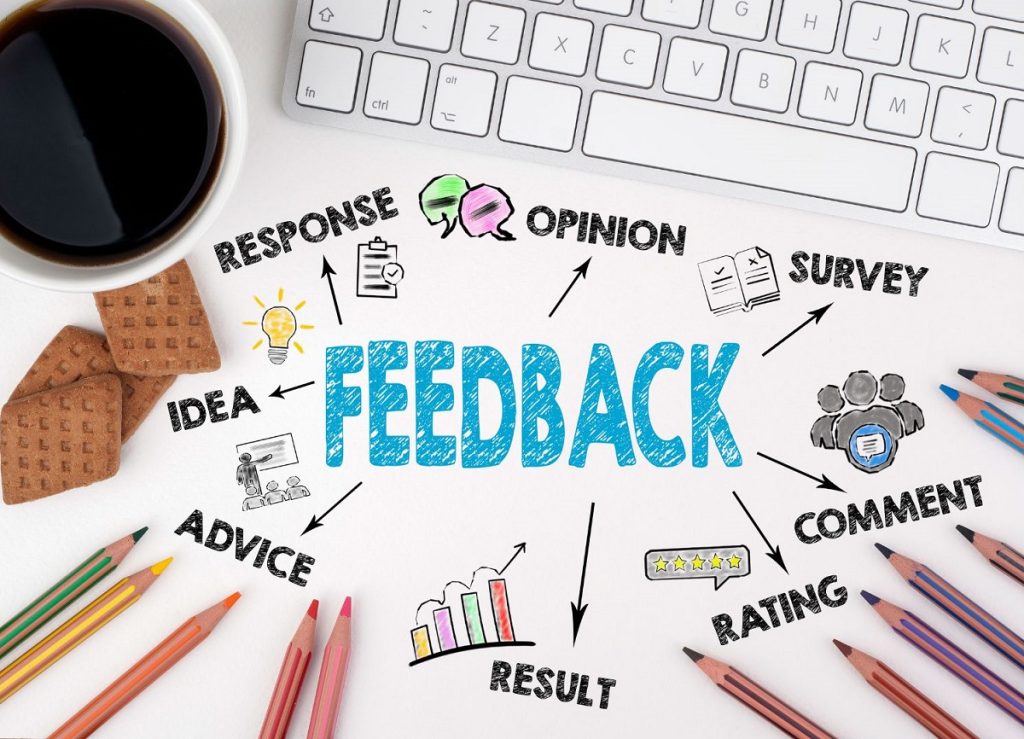
Other Important Aspects Of Active Listening
Effective communication skills are more important than ever in today’s fast-paced world. Good communication builds strong connections, solves problems, and achieves success. And at the heart of effective communication is active listening.
Being a good listener is more than just hearing what someone is saying. It involves giving the speaker your undivided attention and using interpersonal skills to understand and respond to their message.
Open-Ended Questions
Use open-ended questions requiring more than a simple yes or no answer. They encourage the speaker to provide more information and can help you to understand their perspective. Examples of open-ended questions usually begin with What, Why, How, Where, Who, or Which?
Being aware of your biases and working to overcome them helps you become a better listener and communicator. You are more open-minded, non-judgmental, and willing to consider different perspectives.
Active listening is not just about hearing what someone is saying; it is also about responding in a way that shows you have listened to and understood their message. This can involve problem-solving and working together to find solutions that meet everyone’s needs.
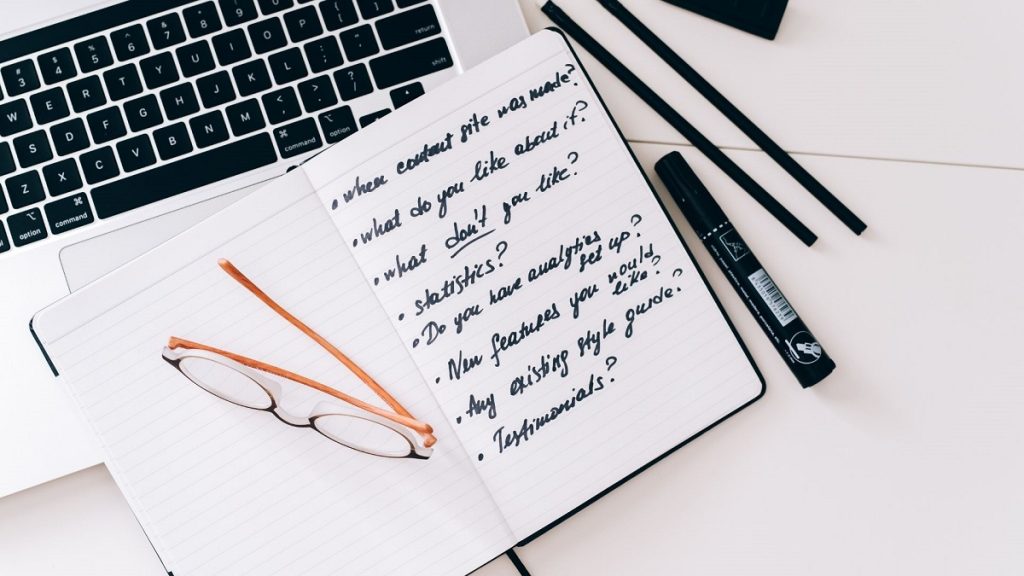
Conflict Resolution
Active listening is an important skill for conflict resolution and interpersonal communication.
Effective communication is essential for building strong relationships and resolving conflicts. However, we struggle to communicate effectively, especially during difficult conversations. Active listening is an important skill, especially during times of conflict.
The goal of active listening is an important skill in many fields. For example, the “I hear you” approach has been adopted by some healthcare providers as a way to improve patient-centered care.

